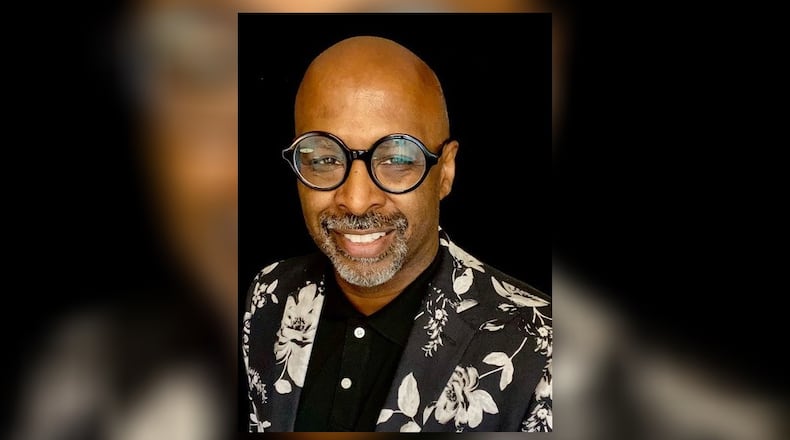From the moment I settled into my seat, I was swept away by the familiar strains of its timeless score. The cast, under sharp and sensitive direction, built momentum and emotional clarity with every number. But as with all powerful works of art, it was the subtext — the questions underneath the songs — that stayed with me long after the final curtain. That’s when memory came calling.
I’ve spent the better part of my life immersed in the arts. But there was once a moment, early on, when I wasn’t so sure. A blunt critique during a Drawing I class in college led me to doubt my artistic path, and I ultimately decided to pursue a second degree in Political Science. For years, I wrestled with how these two seemingly divergent worlds could ever truly intersect. But life, as it often does, has a way of revealing their connective tissue.
Both art and political science strive to illuminate the human condition. Art captures our contradictions in ways that awaken empathy and introspection. Political science dissects the systems we create —our laws, governments, and social contracts — to understand why we behave as we do. Together, they force us to confront the consequences of our choices.
Midway through the performance, as King Arthur reflects on the nature of justice — whether we are ruled by law or ruled by fear — I found myself thinking about how uncomfortable truths are often unwelcome in art spaces. There’s a tendency, particularly in times of unrest, to retreat into safety, to steer clear of politics in creative work. But this aversion stands in contrast to the very history of great art. Shakespeare’s historical dramas, Picasso’s Guernica, Toni Morrison’s Beloved — these are not mere stories or image. They are warnings. Invitations. Mirrors.
Yes, Camelot delights with its wit, charm, and unforgettable melodies. That’s what initially drew me in. But what stayed with me was how strikingly relevant its themes remain. The musical premiered in 1960, on the cusp of seismic cultural and political shifts in America. And now, over six decades later, it still pulses with urgency. Its reflections on leadership, idealism, and the fragility of utopia feel especially timely in our present moment, where fear, division, and disillusionment threaten to derail our collective future.
The power of this production lies not just in its nostalgic appeal, but in its ability to hold a mirror up to the audience. Art is not just a distraction; it’s a clarion call. It reminds us that we have agency — to care, to resist, to rebuild. We need courage now more than ever, not to retreat into the past, but to imagine a better future.
That this fresh, stripped-down Camelot could carry so much weight and urgency is astonishing. It reminded me that the classics endure not because they are safe, but because they still dare to challenge us. If Camelot can evolve and speak to our times, perhaps we can too.
Rodney Veal is the host of ThinkTV/CET Connect and President of the board of OhioDance.
About the Author
